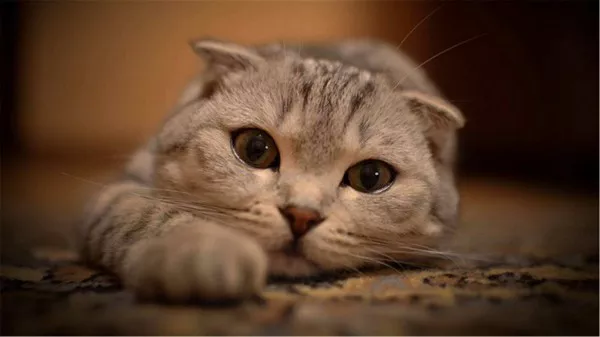Introduction to Cornish Rex:
In the vast tapestry of feline breeds, the Cornish Rex stands out like a jewel. Its unique appearance, playful demeanor, and captivating history make it a fascinating subject for cat enthusiasts. Originating from a natural mutation in the 1950s in Cornwall, England, the Cornish Rex is a testament to the wonders of genetic diversity within the feline world.
Appearance and Characteristics:
The Cornish Rex is a vision of elegance and grace. Its most distinctive feature is its fine, naturally curly coat, which sets it apart from other breeds. This unusual coat is the result of a genetic mutation affecting the hair follicles, giving the fur a soft, velvety texture that invites touch.
See Also:What Is the Average Weight of a Cornish Rex?
In addition to its curly coat, the Cornish Rex boasts slender legs and a long, whip-like tail, contributing to its sleek and agile appearance. This slender build has earned it the affectionate nickname of the “greyhound of the cat world,” drawing parallels to the lithe and swift racing dog breed.
However, despite its svelte physique, the Cornish Rex is not without vulnerabilities. Due to its light coat, it is sensitive to low temperatures, making it an indoor-oriented cat breed. Owners must ensure their Cornish Rex is kept warm and cozy, especially during colder months, to prevent discomfort or health issues.
Temperament and Personality:
Beyond its captivating appearance, the Cornish Rex is beloved for its engaging personality. Playful, interactive, and affectionate, these cats thrive on companionship and attention. They are known for their boundless energy and love of play, often displaying acrobatic feats and engaging in games with their human companions.
One of the remarkable qualities of the Cornish Rex is its adaptability to various environments. Whether living in a bustling city apartment or a quiet suburban home, these cats quickly adjust to their surroundings, making them well-suited for today’s fast-paced households. Their sociable nature also makes them excellent companions for families with children or other pets.
Furthermore, some Cornish Rex cats are vocal communicators, expressing themselves through a range of chirps, trills, and meows. This penchant for vocalization adds to their charm and allows for meaningful interaction between cat and owner.
Health and Care:
While the Cornish Rex is generally a healthy breed, there are some specific health concerns to be aware of. One notable issue is potential hair loss, particularly in areas where the coat is thin, such as the abdomen and tail. Regular veterinary check-ups are essential to monitor the cat’s overall health and address any potential issues promptly.
In terms of care, the Cornish Rex’s unique coat requires special attention. Despite its soft texture, the curly fur is relatively low-maintenance and does not shed excessively. However, regular grooming is still necessary to keep the coat free of tangles and mats. A soft brush or grooming mitt can help maintain the coat’s condition and remove any loose hair.
Additionally, due to their sensitivity to cold temperatures, Cornish Rex cats are best suited for indoor living. Providing a warm and cozy environment, especially during colder months, ensures their comfort and well-being.
One of the most intriguing aspects of the Cornish Rex is its hypoallergenic qualities. While no cat breed is entirely hypoallergenic, the Cornish Rex’s minimal shedding and unique coat texture often make it more tolerable for individuals with cat allergies. However, it’s essential for allergy sufferers to spend time with a Cornish Rex before bringing one into their home to ensure compatibility.
In conclusion, the Cornish Rex is a legitimate and enchanting breed, offering a blend of striking beauty, playful temperament, and unique characteristics. From its origins as a natural mutation to its place as a beloved companion in households worldwide, the Cornish Rex continues to captivate hearts and inspire admiration among cat lovers everywhere.
Related Topics:
























